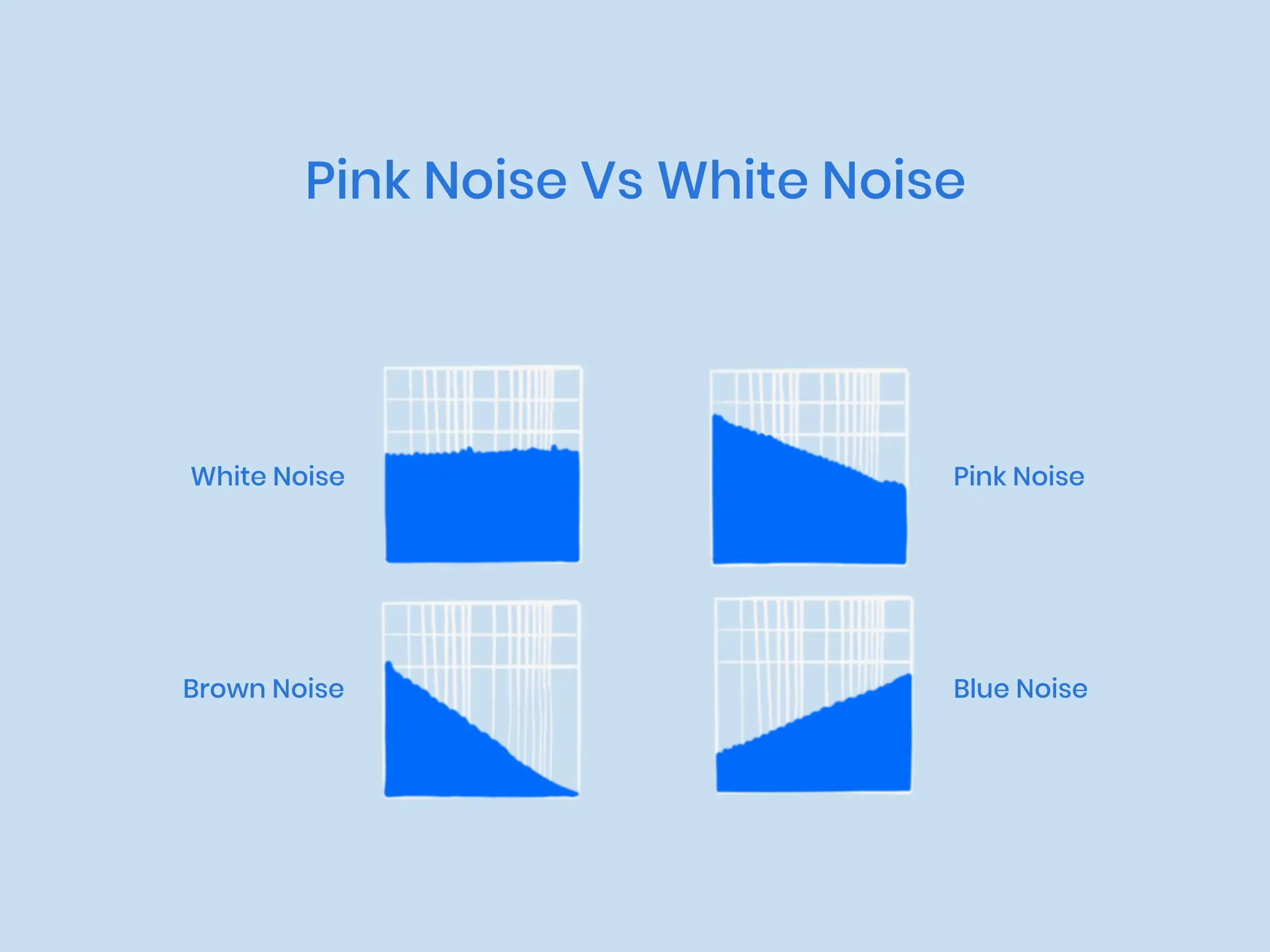The Right Noise – Pink, White, Brown, Blue, Black, and Red Noise: Your Guide to a Good Night’s Sleep
You may find yourself tossing and turning every night, wondering if there’s ever going to be a way for you to get a good night’s sleep. The solution may be as simple as “colorful” noises.
Before you buy that sound machine or download that white noise app, here’s a look at the different sounds and how they help you get a good night’s sleep.
Pink noise and white noise use the variation of high and low frequencies, which is associated with a peaceful rest throughout the night. But you may wonder: Pink noise vs. white noise, what’s the difference?
Below we explain what pink noise and white noise are and how they are different. We also discuss other types of background noise people commonly use for sleep.
Can White, Pink, and Brown Noise Help You Sleep?
For some people, the grainy static sound you hear in white noise can improve sleep. It helps by masking the background noise and tuning it out. One recent study found that 38% of people fell asleep faster listening to white noise.
Pink noise reduces the difference between the background hum and loud, jarring noises that jolt you out of sleep, like a door slamming, a car horn honking, or someone snoring. So it may help you fall asleep faster and keep you in a deep sleep longer. You may also feel more rested when you wake up.
There isn’t much research yet on exactly how pink noise works and how well it helps you sleep. One study found that it lowered brain activity and led to more stable sleep. Another study found people who used it slept more deeply.
Studies are limited, but pink noise may also boost your memory. A recent study found that older adults who used it at night did better on memory tests the next day.
We need more research to find out how pink noise affects your sleep, focus, and memory. But it’s safe and has no downside, so you may want to try it to see if it helps you.
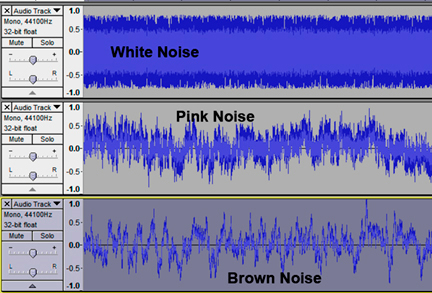
Pink, Brown, White, and Blue Noise: Definitions and Examples
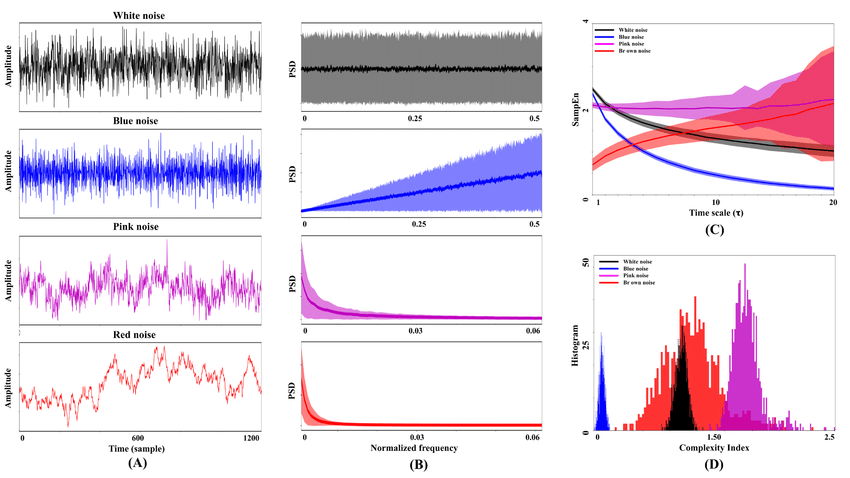
Trying to decide which color noise is right for you can be tricky at first. It may take some time to realize which sound works best for you, whether it’s rustling leaves, thunder, or whirring fans.
With some knowledge and a little time, however, you’ll quickly find the best option for your sleep habits. Here’s what you need to know about pink noise vs. white noise and how they compare to other sonic hues used for sleeping.
What is Pink Noise?
Pink Noise is Used to Reduce Brain Waves
In this study, researchers found that those who listened to steady pink waves saw an increase in stable sleep. This is because pink noise may have the ability to reduce brain waves, which allows you to fall asleep faster. This color noise is a preferred method by many because it is deeper than white noise, but not as deep as brown.
Pink noise is a constant sound in the background. It filters out things that distract you, like people talking or cars going by, so they don’t interrupt your sleep. You may hear it called ambient noise.
Like white noise, it’s a steady background hum that may give you a better night’s sleep. But it uses deeper sounds and lower sound waves, so it may be gentler and more soothing. Basically, pink has a lower pitch than white noise.
Pink noise uses a consistent frequency, or pitch, to create a more even, flat sound, like a steady rain, wind rustling through trees, or waves on a beach. Its added depth and lower waves filter out higher sounds. As a result, you hear more relaxing, lower-frequency sounds.
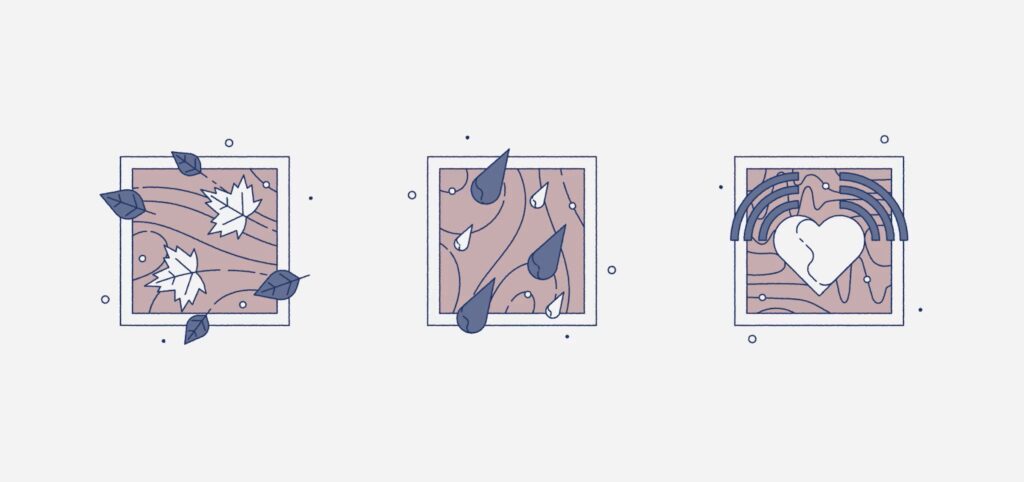
With pink noise, lower frequencies are louder while higher frequencies are more diminished. This creates a soothing sound and is a great option for those who find white noise annoying and disruptive. Pink noise leans more toward environmental noise, so it’s no surprise most people prefer it.
In this study, a link was found between pink noise and deep sleep. This may be because pink noise is especially relaxing when used to drown out unwanted sounds and outside noises that could interfere with a person’s sleep.
Examples of Pink Noise:
- Rustling leaves
- Steady rain
- Ocean waves
- Heartbeats
Pink + Brown Noise Helps Tinnitus
According to Popular Science, those who suffer from tinnitus (constant ringing in ears) prefer pink or brown noise due to the lower frequencies. White noise can be aggravating to those with sensitive hearing because the high frequency sounds are more intense, making it harder for the person to fall asleep.
What is Brown Noise?
Brown Noise Promotes Concentration
Brown noise may help with getting a good night’s sleep, but it can also help with focus and concentration. Many people prefer listening to brown noise when studying or working to improve productivity and drown out any distractions. It can also help ease anxiety, especially in high-stress situations.
Brown noise, also called red noise, produces a rumbling sound that’s deeper with a bass-like tone than pink or white noise. The sound level (decibels) decreases as the frequency goes up more than it does in pink noise. It’s similar to a steady heavy rainfall or a shower with good pressure. Some sleep apps use this sound instead of pink noise to give it a deeper, grainier effect.
Studies show that brown noise might help lower symptoms if you have ringing in your ears. It’s also shown to improve your thinking skills. More research is needed to see if and how brown noise affects sleep.
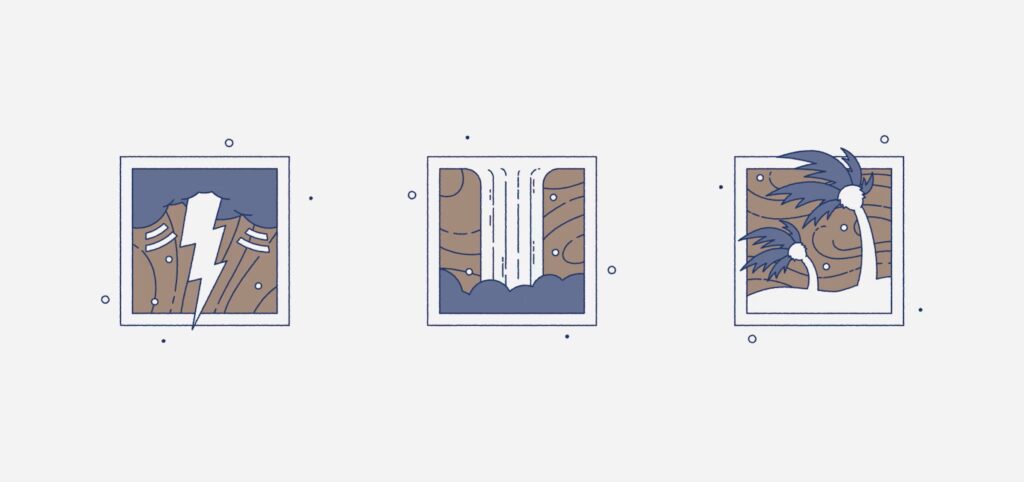
Brown noise is deeper and stronger at the low end of the sound spectrum. Unlike pink and white noise, it doesn’t contain any high-frequency sounds. Though not a common option for sound sleep, brown noise can help certain people with concentration. According to the CEO of Adaptive Sound Technologies, Inc, Sam Nicolino, brown noise “has more bass than white noise, making it more pleasant to listen to.”
Examples of Brown Noise:
- Low roaring
- Strong waterfalls
- Thunder
What is White Noise?
White Noise Benefits Include Masking Sounds
Many people find success in sleeping when listening to white noise because it drowns out unwanted sounds. Smaller environmental sounds around you can distract you from getting a good night’s rest. However, when using a white noise machine, any noises that happen are drowned out by the noise you’re already hearing.
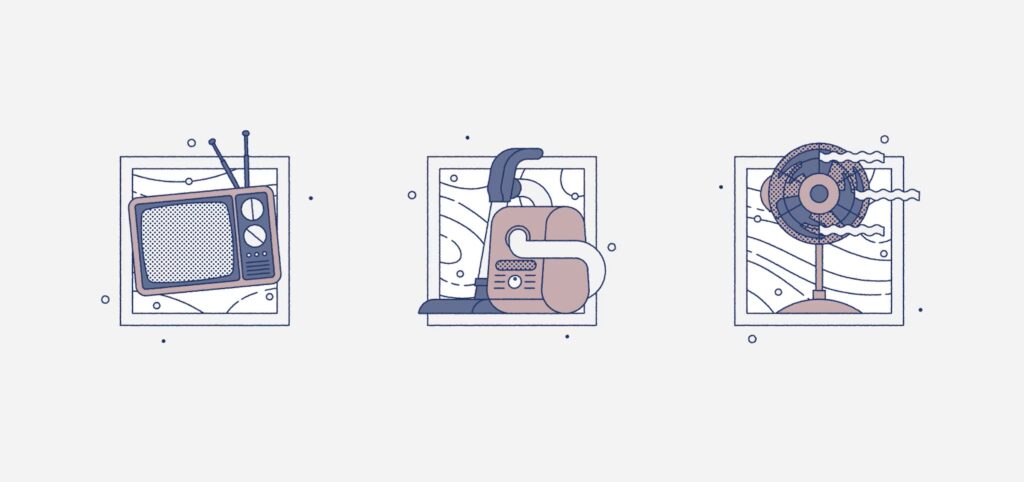
White noise is equally spread across the sound spectrum, representing all audible frequencies at the same intensity. Because of that, many people find it hard to listen to when falling asleep because they get startled hearing high-pitched noises or heavy bass sounds. So, how does white noise help you sleep? According to this study, others find these frequencies relaxing because they block out distracting and unwanted sounds.
You can imagine white noise as similar to white light. When every color on the spectrum is bright, it becomes white light — similarly, white noise includes all frequencies at the same intensity.
Examples of White Noise:
- Whirring fan
- Radio or television static
- Vacuum
- Humming air conditioner
What Are the Other Colors of Noise?
Black noise: This type of noise uses pure silence with sudden occurrences of noise. The dominant energy level is zero throughout all frequencies with bits of random noise and occasional rises. In Black noise, there is complete silence with bits of random noise. Some people need this type of silence to get quality sleep.
Red noise: This is another name for brown noise. The two mean the same exact thing: deep sounds at the low end of the spectrum with minimal high-frequency sounds.
Red noise is another name for brown noise. The two mean the same: deep sounds at the low end of the spectrum with minimal high-frequency sounds.
Brown noise is much deeper than pink and white noise and has higher energy at a lower frequency. As a result, it induces sleep and relaxation.
Blue Noise: Blue noise contains all the audible frequencies, but the higher-pitched frequencies are amplified. Because of this, blue noise can sound harsh to some people and isn’t widely used for sleep support. An example of this type of noise would be a hissing hose. Blue noise can sound irritating to many people as its frequencies are higher-pitched. Thus, it can’t support quality sleep. Its power increases as the frequency goes up. Blue noise sounds slightly shriller than pink and white noise. Imagine the hissing noise you hear when a water spray is turned on.
Violet noise. Also called purple noise, it’s the opposite of brown noise. The volume goes up when the frequency does and it gains power faster than blue noise. It’s one of the higher-pitched color noises. It’s often used to treat tinnitus, a condition that causes loud ringing in one or both ears.
Grey noise. This produces noise at higher and lower frequencies but not so much in the middle frequencies. It’s similar to white noise, but more balanced.
Learn about how sound can help aid your sleep process:
Why Walnuts Are A Good Snack To Eat Before Bed
The Right Noise – Pink, White ,Brown, Blue, Black, and Red Noise: Your Guide to a Good Night’s Sleep
How to Sleep Better: Your Guide for Good ZZZ
Everything You Need To Know About Magnesium And Sleep
Optimizing the Sleep-Wake Cycle
How to Reset Your Sleep Cycle When You Live With Insomnia
The Importance of Sleep with Alzheimer’s
What You Eat Affects How You Sleep
GABA & L-theanine mix Improves REM Sleep, Stabilizes mood and helps with depression
What Happens When Circadian Rhythm Is Off? Learn More
Do You Wake Up Every Night At The Same Time? Learn More
How to Reset Your Sleep Cycle When You Live With Insomnia Learn More
What You Eat Affects How You Sleep? Learn More
GABA / L-theanine mixture Improves REM Sleep, Antidepressant, and Mood-stabilizing Study Says Learn More
Tips to Bolster the Effects of Color Noise
Though utilizing color noises in your bedtime routine can help you get a good night’s sleep, there’s still a variety of factors you should consider before hitting the hay to ensure your body and mind are in a relaxed state.
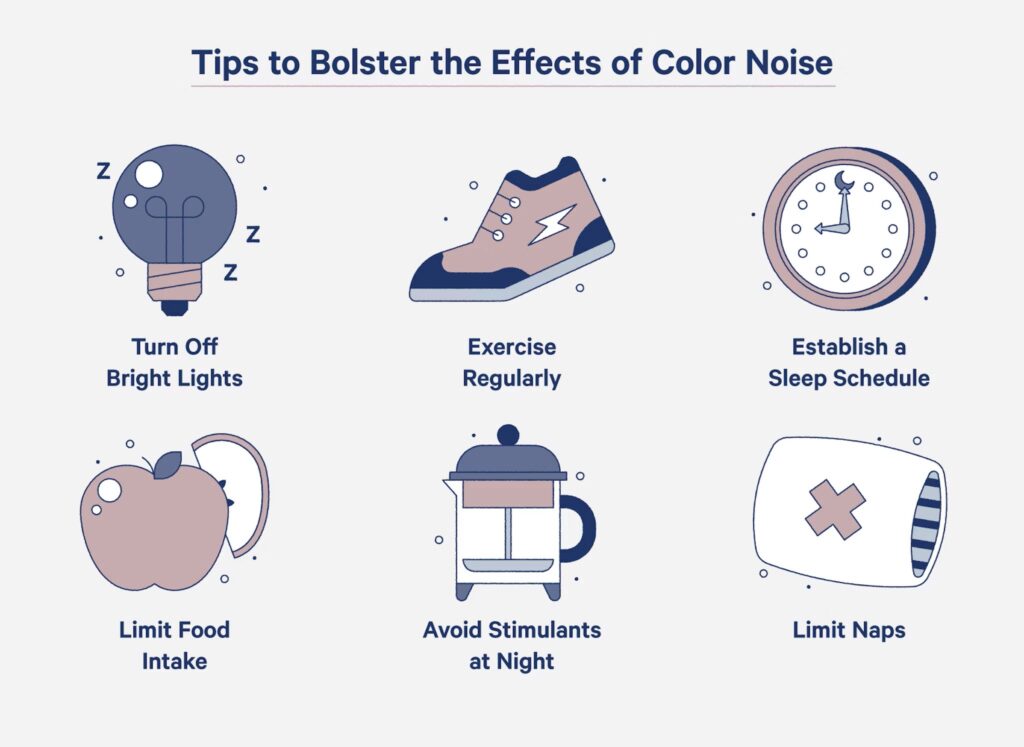
Check out our tips below:
1. Turn Off Bright Lights
Scrolling through your smartphone or watching TV before bedtime suppresses melatonin, making it hard for you to go to sleep. Avoid bright lights from screens or lamps at least an hour before you go to bed. If you’re looking for a soothing night light option, a glow light can give your bedroom a soft glow that dims as you fall asleep.
2. Exercise Regularly
Implementing a consistent exercise routine during the day may help promote a better night’s sleep. Since exercising exerts physical and mental energy, you’ll notice yourself feeling more tired at night.
3. Establish a Sleep Schedule
Making sure you wake up and go to bed at the same time every day is important, otherwise you’ll find yourself feeling sleep deprived. Set an alarm every morning and go to bed at the same time every night — it’ll make a big difference in your sleep quality. Check out our sleep calculator to figure out how much sleep you need.
4. Limit Food Intake Before Bed
Eating large meals before sleep can inhibit sleep quality and cause the body’s metabolism to slow down. Research shows, however, that eating small, nutritious snacks like fruit or toast before bed can actually be beneficial and combats hunger with little negative effect.
5. Avoid Stimulants At Night
Avoid drinking caffeine before bedtime. Doing so may result in restless nights and lack of sleep, so be sure to limit your caffeine intake to morning or midday. If you find yourself experiencing a caffeine crash during the day, it’s best to avoid drinking it entirely. Alcohol also reduces your quality of sleep by disrupting your circadian rhythm.
6. Limit Naps
Napping during the day can disrupt your sleep schedule and make it harder for you to get some shut eye. According to the National Sleep Foundation, napping for 20 minutes or less is the most effective way to feel refreshed and still be able to go to bed.
Still unable to get some much-needed rest? You might want to invest in higher quality sheets and pillows, or maybe even a glow light. With the right bedding and color noise, you’ll be nodding off in no time. source
Other Habits that would help you sleep better
Besides using noise colors to aid better sleep, good sleep habits are also essential.
Where to Get White, Pink, and Brown Noise
You have many options for adding a color noise to your sleep routine. For example, you can:
- Get a noise app from your smartphone’s app store or on YouTube, then play it as you go to sleep at night.
- Find a clip of your choice of color noise online. Download a looping track from organizations like the American Tinnitus Association or the Misophonia Institute.
- Get a sound machine or noise generator that specifically gives you a choice between white, pink, or brown noise.
Tips for Using Noise Safely
Try different sounds, tracks, and volumes to see what works best for you.
How to Get the Most Out of Color Noise
Pink noise may help you nod off faster and enjoy a longer, deeper sleep. But it won’t work well if you have poor sleep habits.
To get the most out of pink noise, make these habits part of your nightly routine:
- Sleep Routine: Get on a schedule. Go to bed at the same time every night and wake up at the same time in the morning, even on weekends.
- Make sure to sleep at a specific time every day. Also, cut down on tea/caffeine as it hampers the sleep cycle.
- Exercise: Work out during the day. Daytime exercise helps you fall asleep faster at night. Being physically active during the day will help to sleep instantly at night. Exercising will relax the muscles that will aid in peaceful sleep.
- Go dark. Create a sleep-friendly bedroom that’s quiet, dark, and at a comfortable temperature.
- Avoid sleep interrupters. Limit caffeine, alcohol, and big meals before you go to bed.
- Mindful Eating Have a light dinner before sleeping. Be mindful while eating as a heavy stomach can disrupt peaceful sleep.
- Relaxing Activities Before sleeping, try some relaxing activities such as meditating, reading, and stretching exercises.
- Peaceful Atmosphere While sleeping, create a calm atmosphere by refreshing light colors. Also, avoid screen light from smartphones and TV.

